
Acrylic primer - High penetration
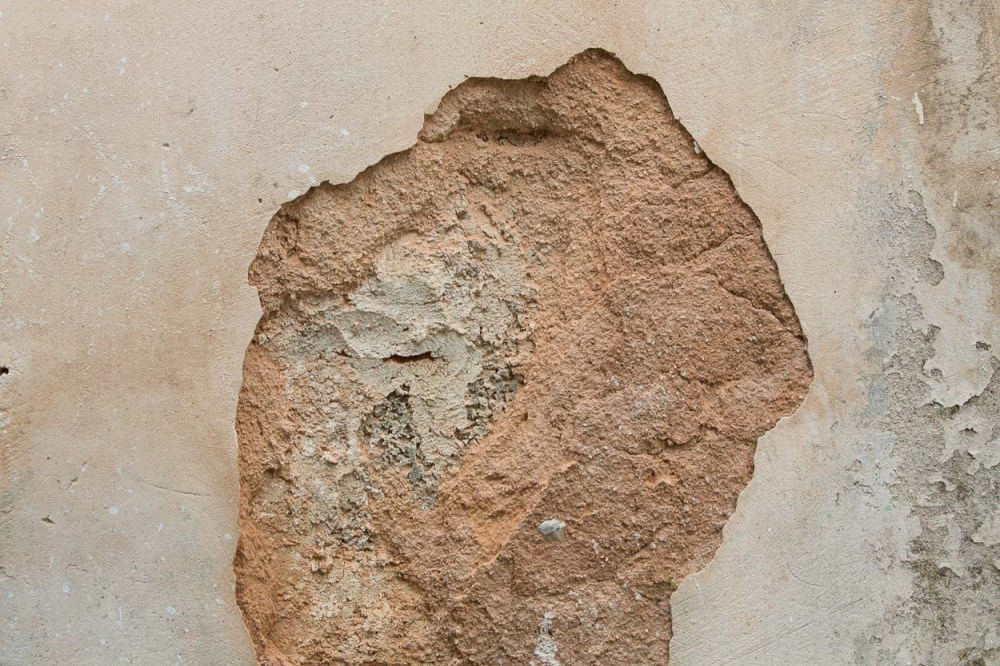
POTENTIAL CAUSES OF THE PROBLEM
a) Strain on the weather: usually moisture corrodes mud after time
b) The application was done at high temperature resulting bad the grip between plaster layers
c) Poor material selection
d) Inflow of moisture to the substrate, because of crackes
e) Application to unsuitable conditions (temperature> 35 ° C)
SOLUTION
Due to aging, parts of plaster become crumble and finally detach.
STEP 1: Firstly, all crumbling parts of plaster are removed with a spatula and surface is cleaned off with a brush
STEP 2: Prime the surface with the deep penetration primer GLX 292 FLEX PRIM
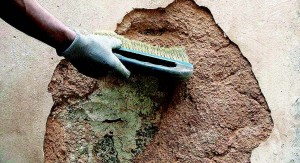
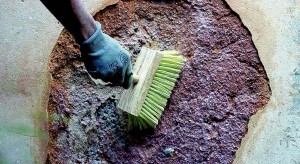
STEP 3: Application of WRM 520, which is fast setting, on the surface of application. Waiting of 20 minutes for it to dry
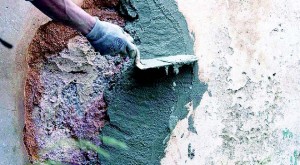
STEP 4: Application of WRM 483 CEM COAT. WRM 483 CEM COAT is a cementitious putty, ideal for applications on concrete. For extra fine finish we recommend WRM 483 CEM COAT FINE
STEP 5: As soon as WRM 483 CEM COAT dries, proceed to the rubbing of the surface
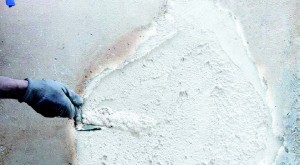
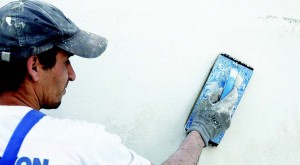
STEP 6: Application of the deep penetration primer, GLX 292 FLEX PRIMSTEP 7: Paint the surface with STATUS ALL WEATHER, in two layers. WRM 483 CEM COAT is a cementitious putty, ideal for applications on concrete. For extra fine finish we recommend WRM 483 CEM COAT FINE.BHMA 4: Εφαρμόζουμε τον τσιμεντόστοκο WRM 483 CEM COAT. Το WRM 483 CEM COAT είναι ένας λεπτόκοκκος τσιμεντόστοκος, κατάλληλος για γεμίσματα. Για ιδιαίτερα λεία τελική επιφάνεια προτείνουμε το WRM 483 CEM COAT FINE.
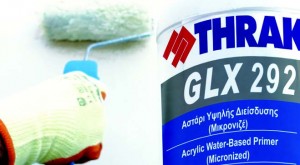

STEP 7: Paint the surface with STATUS ALL WEATHER, in two layers.

Acrylic primer - High penetration
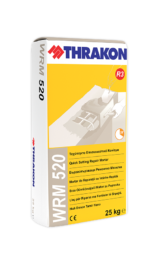
Fast setting repairing mortar R3
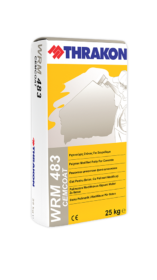
Fine cementitious putty
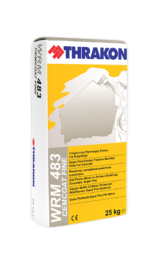
Extra Fine cementitious putty

Elastomeric Waterproof Facade Paint